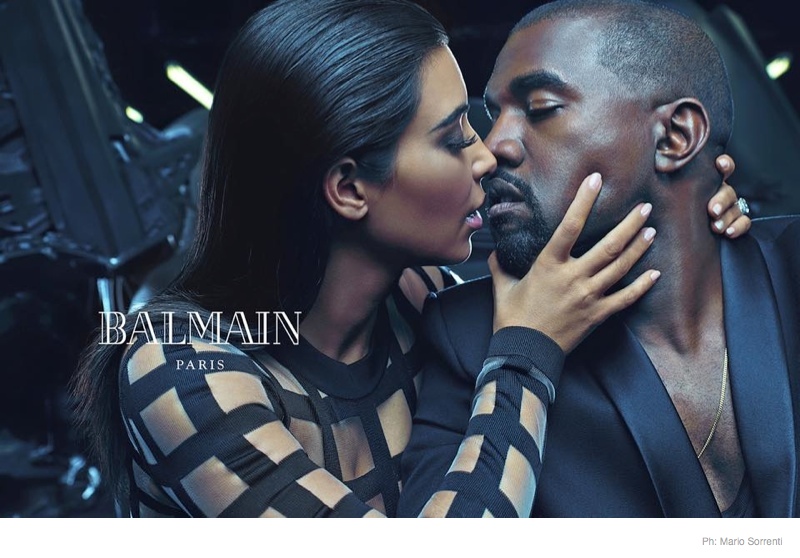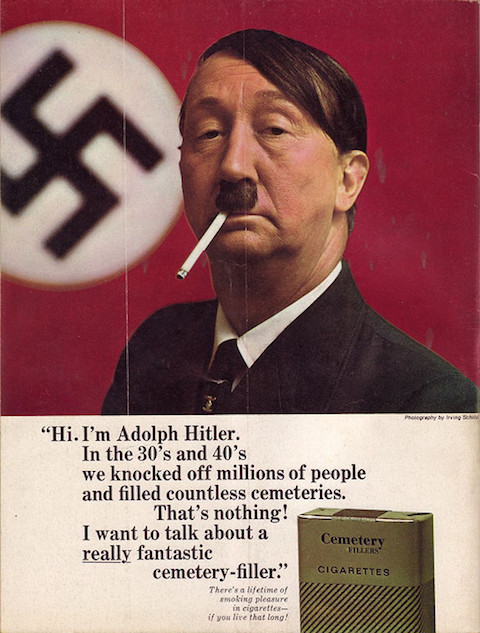Note that you have a matching quiz on the
following
persuasive techniques on Monday, January
11.
11.
1. Bandwagon Uses the argument that a person should believe or do something because “everybody else” does
Consumers buy the product because they want to fit in. Consumers assume that if others buy it, the product must be good.
Consumers buy the product because they want to fit in. Consumers assume that if others buy it, the product must be good.
2.Bait and Switch Dishonest tactic in which a salesperson lures customers into a store with the promise of a bargain
Consumers are persuaded to buy a more expensive item.
Consumers are persuaded to buy a more expensive item.
3.Celebrity Spokesperson Uses a celebrity or famous person to endorse a product
Consumers transfer admiration or respect for the celebrity to the product.
Consumers transfer admiration or respect for the celebrity to the product.
4.Emotional Appeals Make viewers feel certain emotions, such as excitement sadness, or fear
Audience transfers that feeling to the product.
Audience transfers that feeling to the product.
5. Glittering Generalities Emphasizes highly valued beliefs, such as patriotism, sadness, or fear
Consumers accept this information, often without enough real evidence to support the claim.
Consumers accept this information, often without enough real evidence to support the claim.
6.Humor Used to make audiences laugh, but provides little information about the product or service
Consumers remember the ad and associate positive feelings with the product.
Consumers remember the ad and associate positive feelings with the product.
7.Individuality Consumers celebrate their own style, or rebel against what others are doing. Consumers perceive the product as unique, stylish, or cool.
8. Loaded Language Uses words with positive or negative connotations to describe a product or that of the competitor – such as purr, snarl, or weasel words
The words appeal to consumers’ emotions, rather than their reason. "Purr words", such as “fresh” or “juicy,” make a product seem more desirable.
9. Name-calling Attacks people or groups to discredit their ideas
Consumers focus on the attack rather than the issues
10. Plain Folk Shows ordinary people using or supporting a product or candidate
Consumers trust the product because it’s good enough for regular folks.
11.Product Comparison Compares a product with the “inferior” competition
Consumers believe the feature product is superior.
Assignment: Due by the end of class on
Tuesday, January 12. send along, as usual. Remember that you have your quiz on Monday.
Below you will find 25 creative ads. On a word document,
number 1-25
First: see if you can guess the sponsor; that
is what is being advertised. Some are
obvious, others not so much.
Second: name the demographic audience.
Think carefully here about this. Review
the short the video from Monday, if you
as possible.
Third: what persuasive techniques you
OBSERVE in the advertisement. Use
specifics to support your statement. That
means descriptors in terms of color,
lighting, setting, characters, organization
of item(s). This is your textual evidence.
2.
3.

4.

5.
.

6.

7.
. .jpg)
.jpg)
8.

9.

10.

11.

13.

14.

15.

16.
17.

18.

20.

21
24.

25.









No comments:
Post a Comment